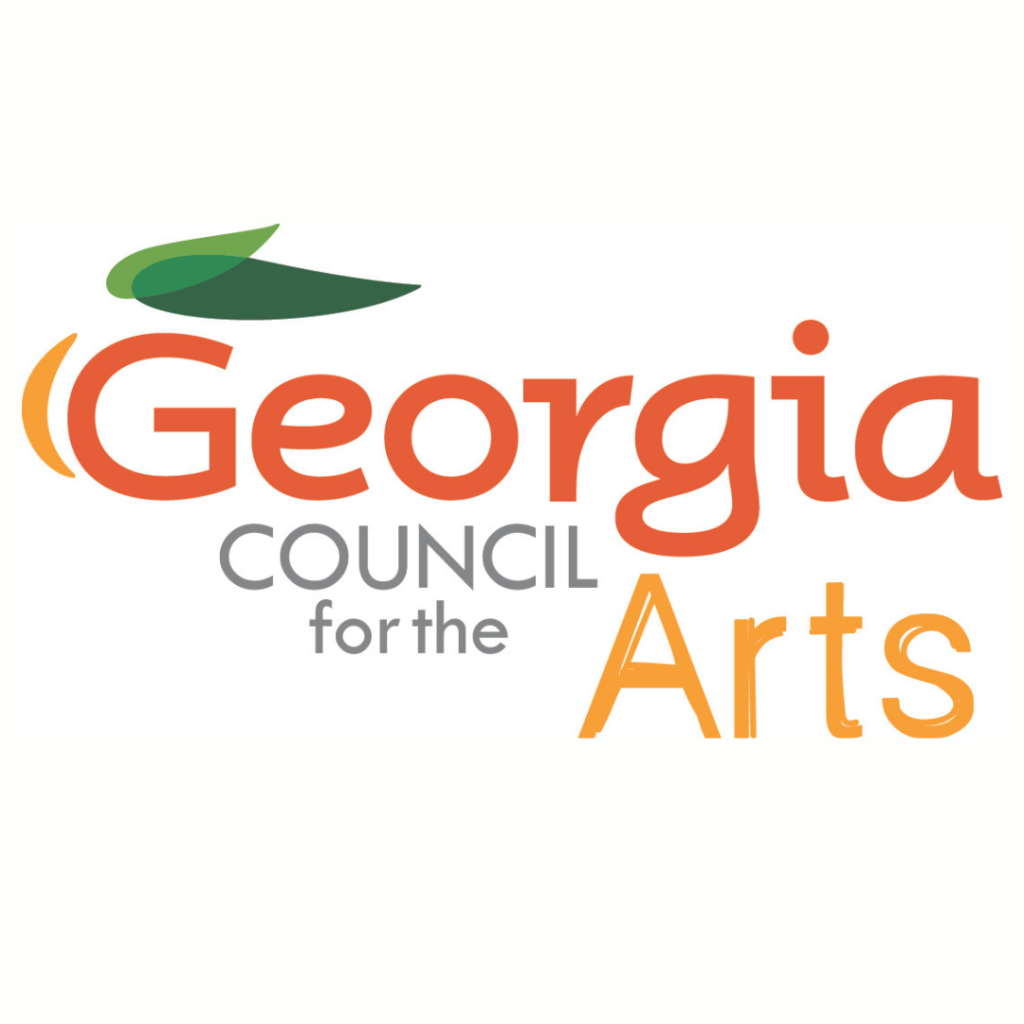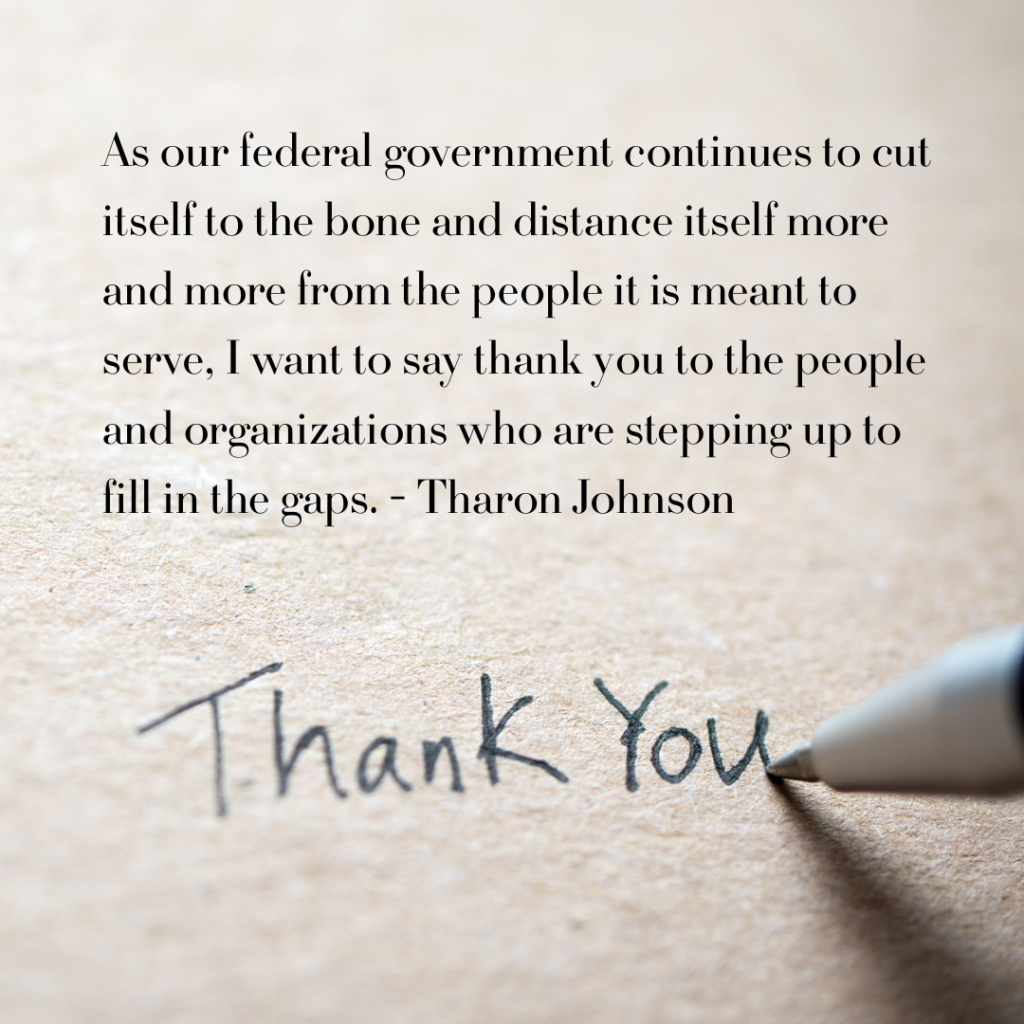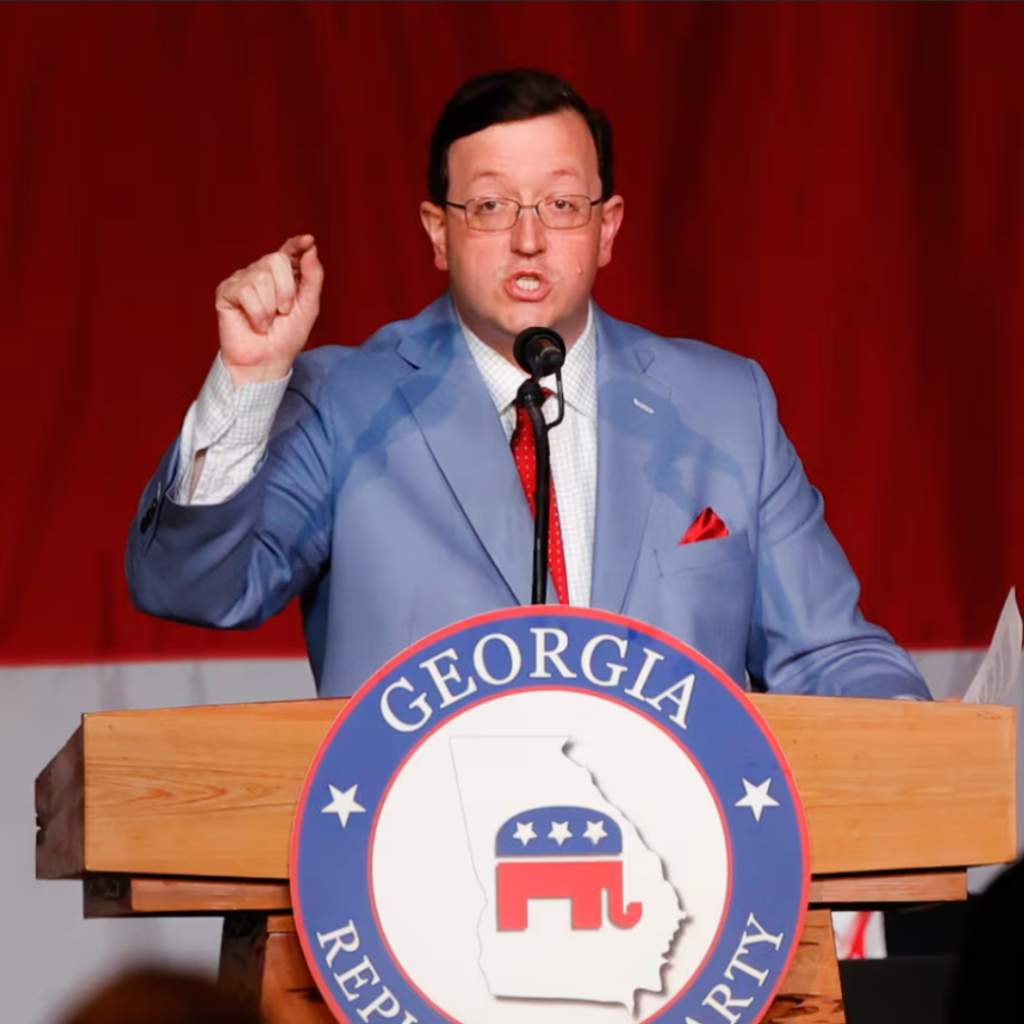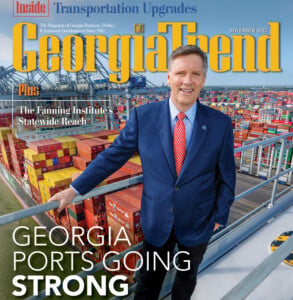Gold Dome Needs a Shine
The Capitol is for all of us. Let's create something beautiful.
 Let me start with the disclaimer that I love the Georgia Capitol, with its Indiana limestone exterior, the pink Georgia marble on its inner walls, and its dome gilded with Dahlonega gold.
Let me start with the disclaimer that I love the Georgia Capitol, with its Indiana limestone exterior, the pink Georgia marble on its inner walls, and its dome gilded with Dahlonega gold.
It’s where I worked for nearly five years in Gov. Nathan Deal’s administration, where I met my wife and later proposed to her. I couldn’t believe my luck when I interned there with the Senate Appropriations Committee during my junior year at the University of Georgia. That was in 1996, and the Capitol had gone without refurbishment for too long. The rotunda had plaster missing, as did the walls of the House and Senate chambers where aged and faded curtains blocked out the natural light.
A facelift shortly thereafter restored the chambers to their former glory. New carpets and wooden blinds beautified the sacred spaces where Georgia’s leaders do their work. That remodeling job now is decades old, and there’s much more work to do.
What the state has done for its appeals courts shows what a huge difference these investments can make. At the end of Deal’s second term, the state judiciary graduated from cramped, outdated and in some cases dilapidated spaces across Mitchell Street to the new crown jewel of Georgia’s state properties, the Nathan Deal Judicial Center – a name that puts a smile on my face every time I see it. With stunning open spaces and elegant chambers, the judicial center impresses visitors while also providing spacious, modern offices where important work gets done. Likewise, Liberty Plaza, built in the last decade between the Judicial Center and the Capitol, replaced a run-down parking deck with a welcoming green space for outdoor events.

City of Atlanta, showing the Georgia Capitol. | Photo credit: U.S. National Archives and Records Administration
At the Gold Dome today, many assembly members are crammed into offices in the Capitol, while the rest inhabit the Coverdell Legislative Office Building (CLOB) next door. The hearing rooms are packed for committee meetings – as Georgia grows, so does its lobbying corps. Georgia has the second biggest legislature in the country, with 180 House members and 56 senators. Over time, the number of professional legislative staff will continue to grow. They all need workspaces.
The governor’s ceremonial office looks regal enough for photo ops, but just beyond those doors are the carpet squares and ceiling tiles one would find in any aging office building.
In the post 9/11 era, public access points to the Capitol have decreased to one, through ugly steel doors into an ugly corridor into an ugly basement level. The bathroom floors are a patchwork of different tile patterns pieced together through the ages, and the law enforcement office has cheap, wood-paneled walls. For visiting Georgians and tourists, the first impression disappoints – except for fans of Soviet-era brutalist architecture, who will feel right at home.
The CLOB across Mitchell Street has stuffy, windowless hearing rooms with drab green-carpeted walls and pillars that block views from some seats. This is where most legislators have their offices in lackluster spaces without any of the charm and dignity that Capitol offices should have.
Capitols should reflect their state, and ours no longer serves as a symbol of the state that’s No. 1 for business, growing rapidly and increasingly prosperous.
That’s why we should celebrate legislators’ decision this year to budget $392 million to renovate the Capitol and build a new, modern legislative office building across MLK Boulevard where sparsely populated state office buildings now stand. The office building will provide a connection to the Capitol without going back outside, across a street and through security yet again – highly desired connectivity that today’s CLOB doesn’t have.
The campus needs more and much better offices, spacious reception rooms and bathrooms. I’ve toured nearly 40 state capitols, many of which awe with their grandeur. Most have massive murals by local artists that depict scenes from their respective states. Such art could turn hearing rooms into destinations, enliven public gathering spots and perhaps replace some of the Capitol portraits where 19th century male politicians are overrepresented. On that note, this provides an opportunity for artistic representations that more accurately reflect the population of today’s Georgia. A mural on the now-plain rotunda would draw eyes upward toward a depiction of Georgia’s industries, beloved institutions, symbols like our state seal, Atlanta’s skyline, our beaches, farmlands and mountains.
In an election year, some opportunists might employ populist appeals condemning politicians “spending tax dollars on themselves.” Nonsense. The Capitol is for all of us. Let’s create something beautiful that will serve us and delight us for the next 50 years.
Brian Robinson is co-host of WABE’s Political Breakfast podcast.






